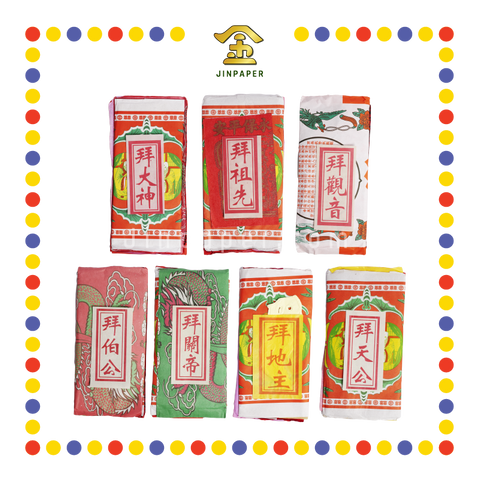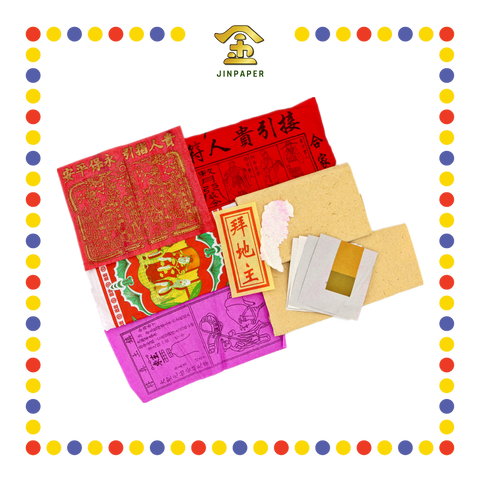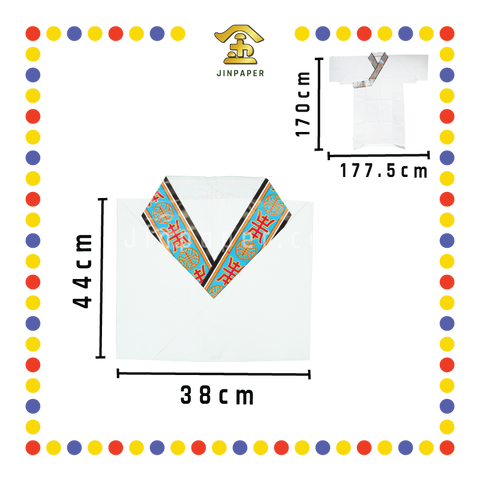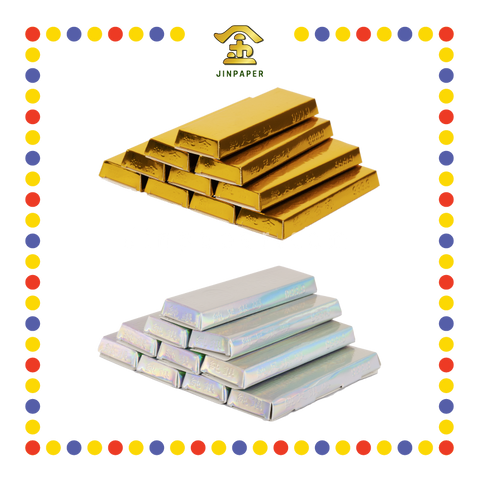What is Tian Gong Dan. How to Bai Tian Gong?

What is Tian Gong Dan? How to Bai Tian Gong?
Celebrated by Hokkiens on the 9th day of the first lunar month, aka Chinese New Year, Tian Gong Dan or Bai Tian Gong as it is otherwise called, is a highly important prayer ceremony. Bai (拜) means to pray, and Tian Gong (天公) refers to the Jade Emperor, the monarch of all deities in heaven. As such, praying to Tian Gong, or ‘pai ti kong’ as Hokkiens like to call it, is a celebration of the Jade Emperor’s benevolence, which can be traced back to an old traditional folk legend.
History of Bai Tian Gong
To better understand the story behind Bai Tian Gong, we first have to go back hundreds of years back in time to the Ming Dynasty. At the time, within the province where modern-day Hokkiens can trace their ancestral origins to, was a place rife with outlaws and bandits. It was during one fateful Chinese New Year that these bandits went on a murderous spree, going around pillaging villages and killing its residents indiscriminately.
Fearful for their life, some of the villagers ran away in the dead of night and hid themselves within the sugarcane fields. They prayed hard to the Jade Emperor for their survival.
Why the Jade Emperor, you may ask? For those who may be unfamiliar with ancient Chinese mythology, the Jade Emperor was known by many names in lore, and one such example is Tian Gong, the Father of Heaven.
Who is Jade Emperor
As the name implies, the Jade Emperor is one of the representations of the first god, and thus stands to reason that he wields the highest authority. Born as a kind and gifted child to the king of the land of Pure Felicity and Majestic Heavenly Lights and Ornaments, the Jade Emperor spent his mortal days cultivating good deeds by helping the needy and creatures of all manner.
Eventually, he embarked on a journey to learn the Tao, or the natural order of the universe, and after eons passed, he ascended into godhood and became the Jade Emperor of legend. There are many myths detailing the Jade Emperor’s beginnings, and each can be vastly different from the other, but all point to him becoming the reigning monarch of the divine.

Portrait of the Jade Emperor. Source: Wikipedia
Going back to the villagers’ plight, there was little to be done but pray that they won’t be discovered. Fortunately for them, the bandits found no success in their hunt despite searching for days.
Ultimately, on the 9th day of the Chinese New Year, the bandits gave up on trying to find the villagers and returned to their hideouts. Realizing their assailants had left, the villagers emerged from their hiding spots, happy that they’ve managed to survive the ordeal. They praised the divine for answering their prayers and were grateful to the sugarcane fields for providing them shelter. This is why the sugarcane is held in prominence in all Hokkien celebrations.
Coincidentally, the 9th day of the Chinese New Year was also the birthday of the Jade Emperor. Thus, the villagers decided to make prayers and offerings to the Jade Emperor in return for their salvation. And this was how the practice of Tian Gong Dan came to be.
Granted, there are many versions of the story, but the key takeaway is that us Hokkiens owe our life and prosperity to the Jade Emperor, and because of that, it is imperative that we never forget his benevolence.
Why do the Hokkien Bai Tian Gong?
As we’ve mentioned before, the ancient Hokkien people believed that the Jade Emperor was instrumental in rescuing them from their plight, which is why Hokkiens celebrate Bai Tian Gong. The sugarcane as well is commemorated as it kept them hidden and safe when the bandits were searching for them. In Hokkien dialect, the sugarcane plant is pronounced as ‘kam jia’, which sounds very familiar to ‘kam xia’, the word for gratitude. Thus, in Hokkien Chinese New Year, sugarcane stalks are often placed on either side of the offering table or the front door of the house. This symbolizes the appreciation and gratitude of the Hokkien people to the Jade Emperor for protecting their ancestors all those years ago, and hopes that he would continue to give them his blessings.
While non-Hokkien groups have taken to the tradition of Bai Tian Gong of late as well, the presence of the sugarcane continues to be a distinct feature that’s only seen within Hokkien cultures.
When is Bai Tian Gong?
In accordance with the day that the villagers realize that they had been saved, as well as the birthday of the Jade Emperor himself, the date for Bai Tian Gong falls on the 9th day of the Chinese New Year. And if we’re being accurate, it’s actually what we would consider to be 11 PM on the 8th day, as this follows the timing set out in the lunar calendar. Naturally, preparations for the day would have to be done well before that, and 11 PM is when the actual prayers and celebrations begin.
How to Bai Tian Gong?
As previously highlighted, Tian Gong Dan starts at 11 PM on the 8th day of Chinese New Year. Preparations would begin much earlier than that, with Hokkien families setting up offering tables, aptly draped in red for prosperity, and placing plenty of food offerings for the Jade Emperor. Here, one would find traditional offerings such as sweet cakes (t’ng kueh), red tortoise cakes (ang koo kueh), steamed tortoise buns (mi koo), prosperity cakes (huat kueh), as well as little pink-colored sugar pagodas (t’ng tak).
In the past, it was also fairly common to put up fruits such as pomelo, pineapples and oranges, all symbols of fortune and prosperity, as offerings. However, as families become wealthier, some have taken to putting up meat offerings as well. There isn’t a strict rule here that needs to be followed when choosing what to put up as an offering, as long as it is made in sincere faith and gratitude.
Aside from food, the offering table would also host a variety of items for prayer such as incense, joss candles and a paper shrine of the Jade Emperor. Flowers are sometimes found as well as ornamental decorations made from joss paper.
Families would also often fold the joss paper into ‘yuan bao’ or sycees, as joss paper is considered spirit money, making it universally accepted in both the underworld and heaven, and the ‘yuan bao’ is the form of currency taken in days of old. While there’s no saying one can’t just purchase all these ready made from the stores, some families prefer to uphold the tradition of folding by hand as an act of sincerity. All this is commonly done days in advance of Bai Tian Gong.

Offering table for Bai Tian Gong. Source: JinPaper
There are many ways to celebrate Bai Tian Gong in Malaysia. In Penang, where a majority of Malaysia’s Chinese-Hokkien population reside, large extended families would come together and celebrate as a group, not unlike the reunion dinner on the eve of Chinese New Year.
But as people’s lives become busier and busier, it has become increasingly common to just celebrate between you and your direct family members instead. There are also some families who enjoy celebrating in a temple with countless others. Again, there’s no rule saying that only Hokkiens are allowed to celebrate Bai Tian Gong, so one is free to celebrate the occasion if one wishes.
Like we’ve said before, the sugarcane is most prominent in Hokkien celebrations. Generally, the sugarcane must be thick and straight to symbolize the sincerity and the honesty of the Hokkien people. It is also crucial that the sugarcanes be of equal height and girth. Folded golden joss paper (kim cua) would be hung from these sugarcanes, and on the day of the celebration itself, they would be burnt as an offering to the Jade Emperor.
Once these are burned, families would take the stalks of sugarcane and cast them into the fire as well. And like all Chinese New Year festivities, the day is often accompanied by boisterous fireworks and firecrackers.
Conclusion
Sure enough, Bai Tian Gong is a celebration that is integral to Hokkien culture, and very much defines the grateful spirit and appreciation they have for the Jade Emperor for protecting them in their time of need.
Of course, while the story as to how Bai Tian Gong began traces its roots back to the Hokkien people, Chinese people all across Malaysia enjoy taking part in the festivities, with each dialect group introducing their own customs and culture to the mix. If you ever have the opportunity to join in the celebration, we highly encourage you to experience the festive spirit of what is perhaps one of the most iconic days in Chinese New Year, Hokkien or otherwise.
Finally, if you would like to see more information about Chinese religious practices and customs, be sure to visit us at JinPaper. And if we’ve missed out anything that you wish to see, let us know in the comments below!
























